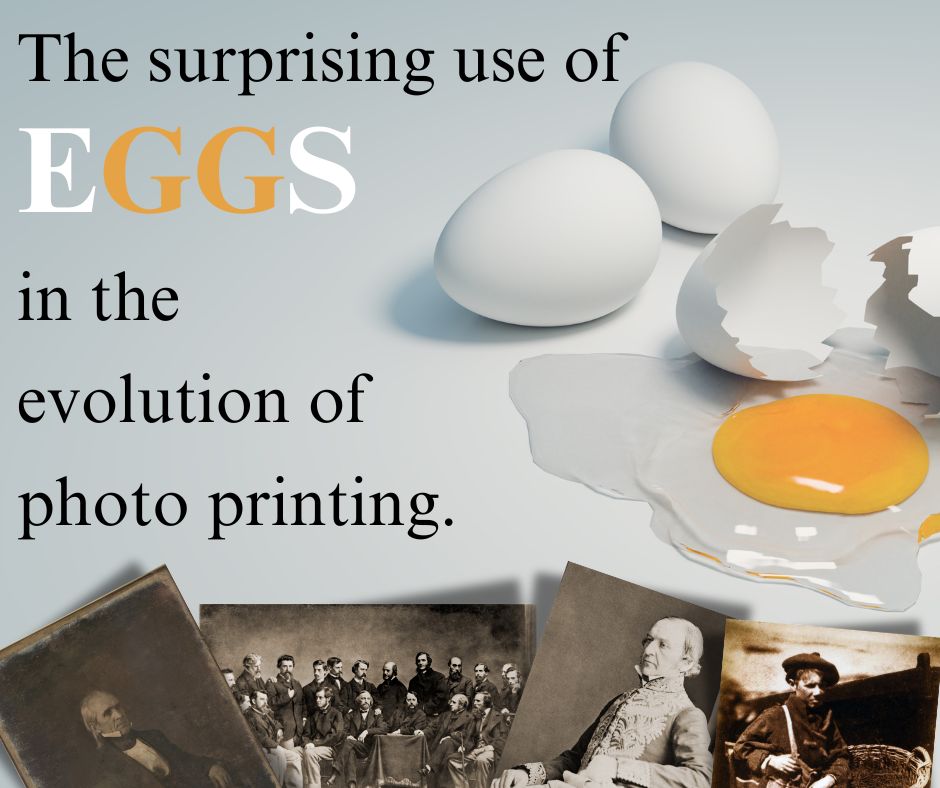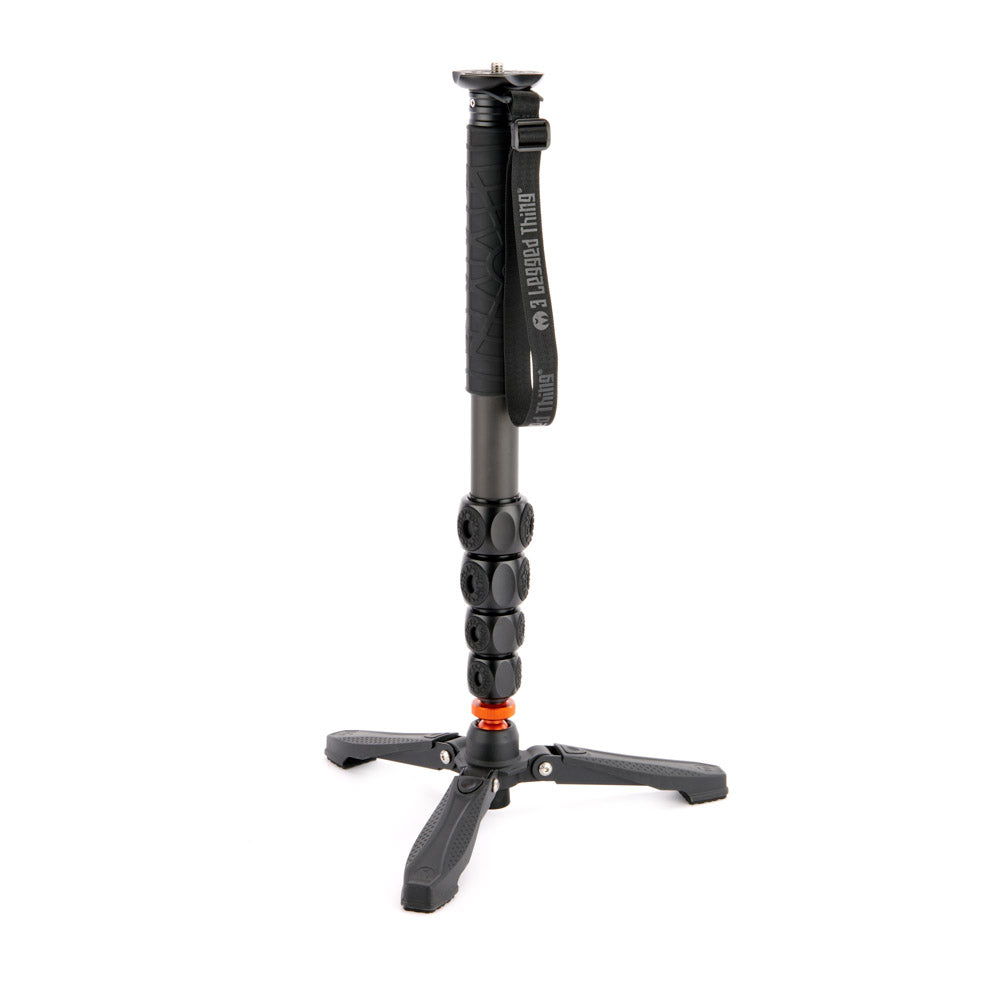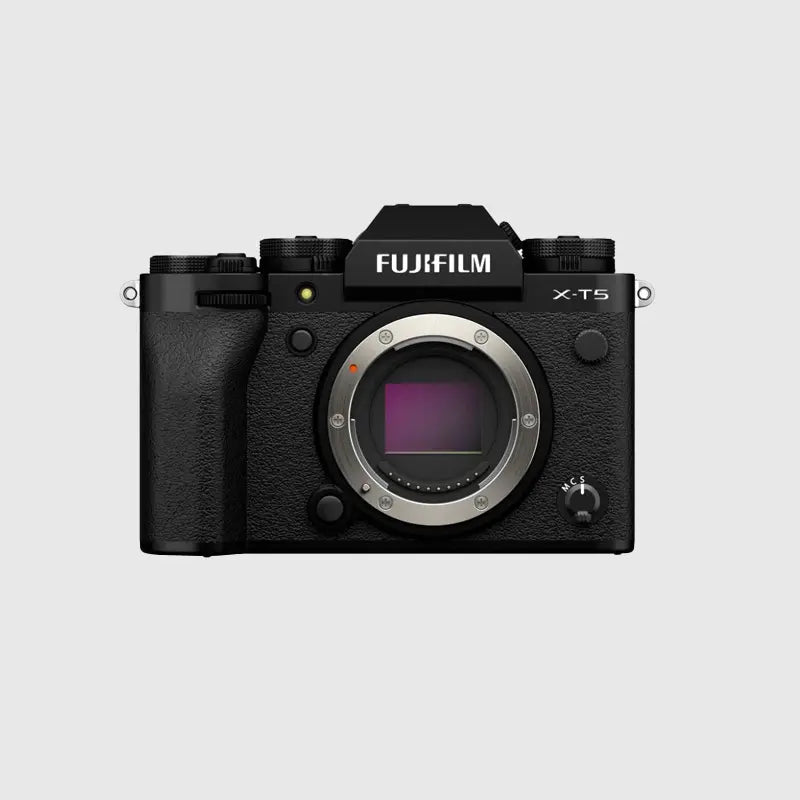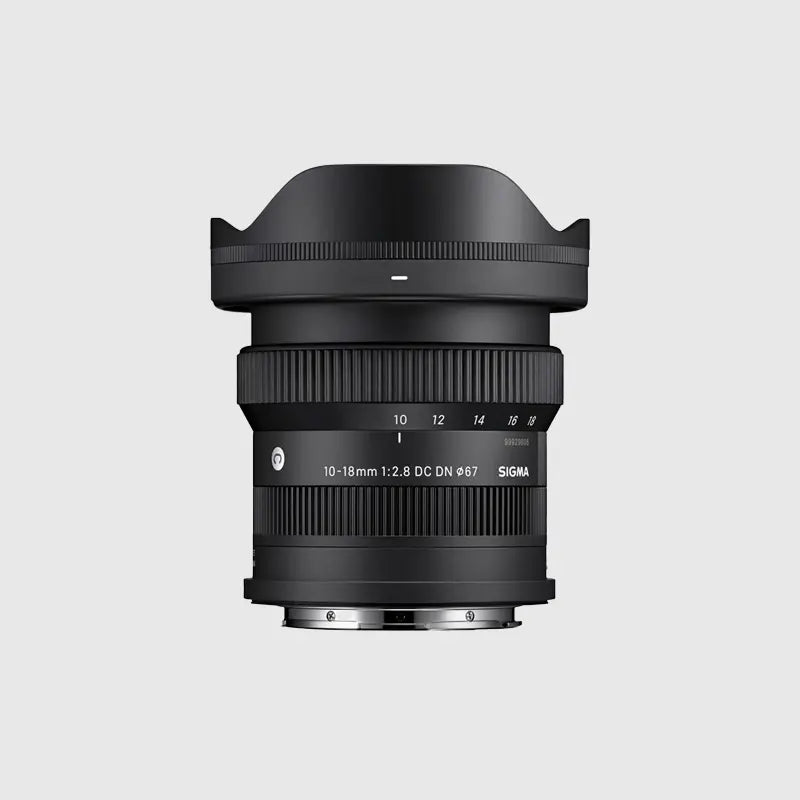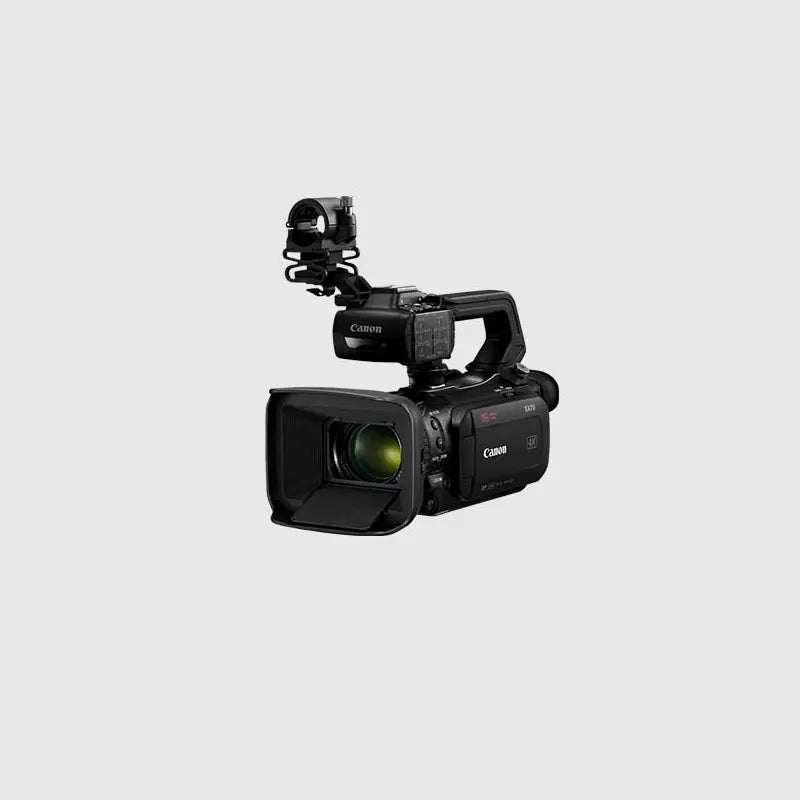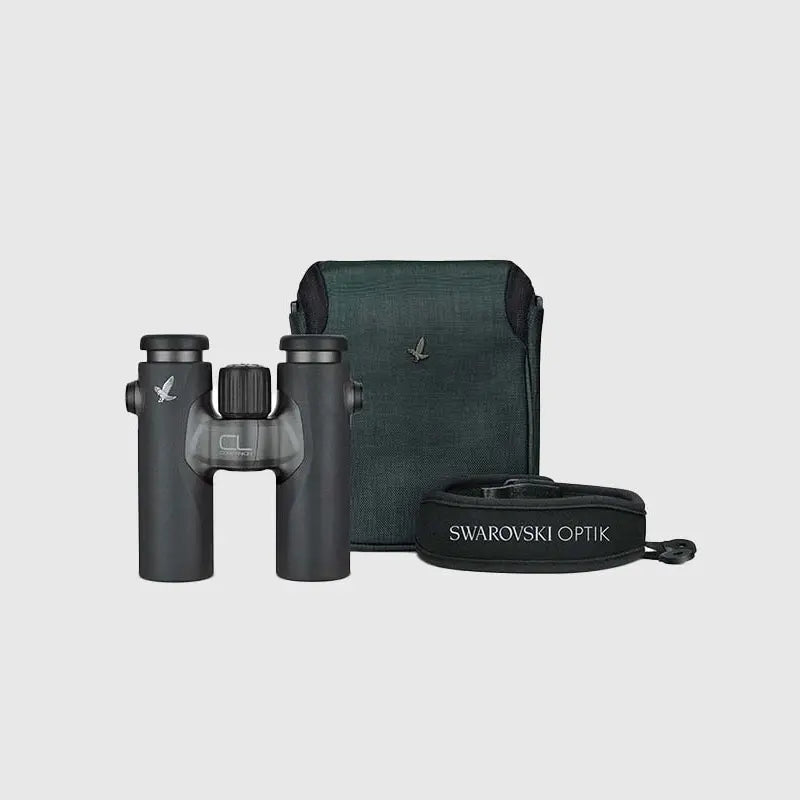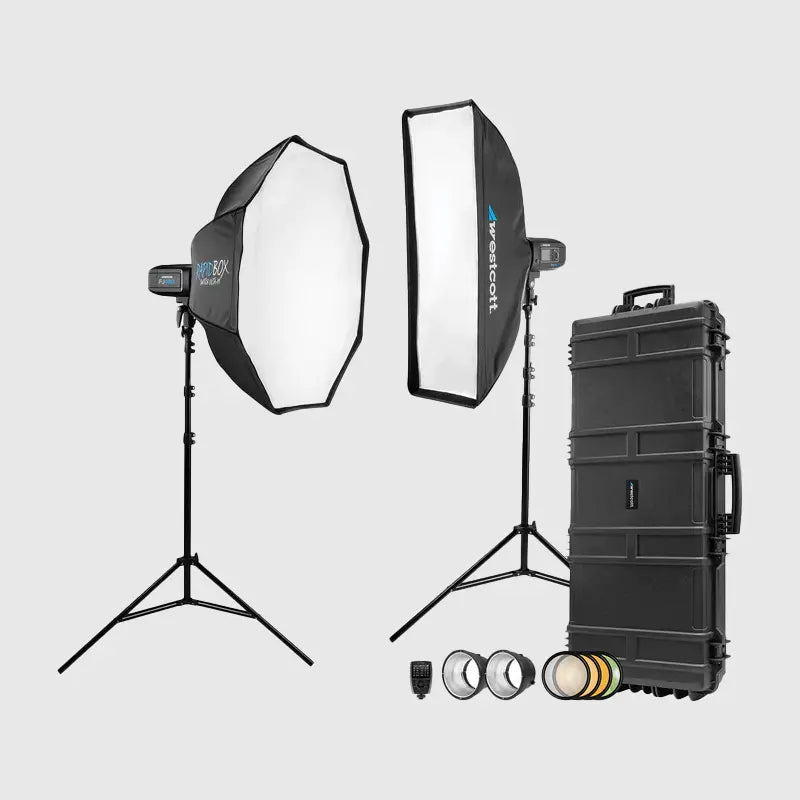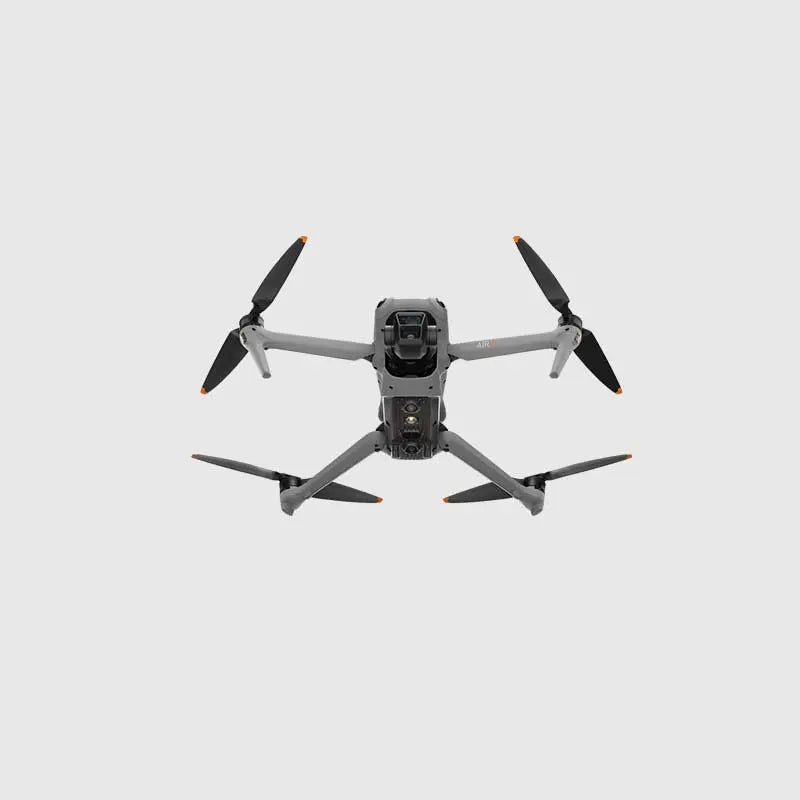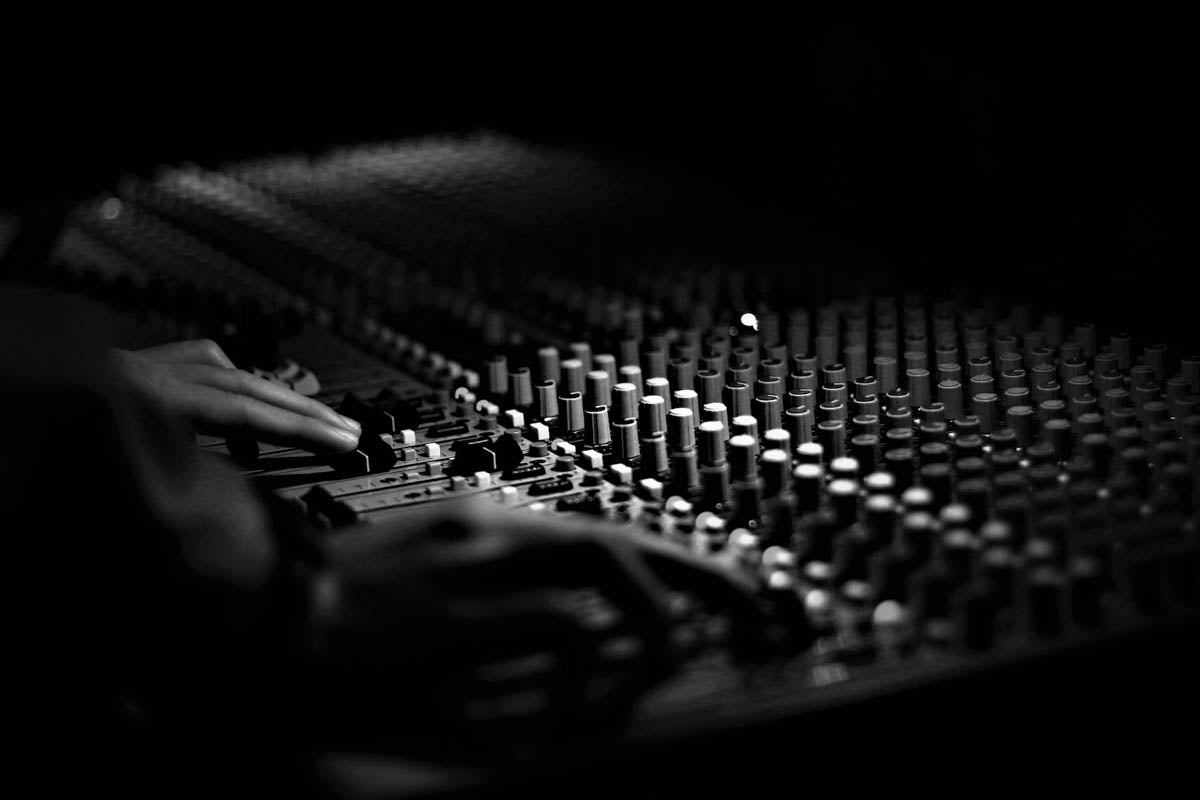History of the printing process |
|
The Dawn of Photography:Photographic printing has come a long way since its inception in the 19th century, evolving from fragile metal plates to the sophisticated digital prints of today. The first camera-like device, known as the camera obscura, was used as early as the 11th century by the Arab scholar Ibn al-Haytham (Alhazen), who described its basic principles. However, the first true photographic camera, capable of capturing and preserving an image, was developed in the early 19th century. Joseph Nicéphore Niépce, a French inventor, is credited with creating the first camera that could capture a permanent photograph. In 1826 or 1827, he used a camera obscura fitted with a photosensitive plate coated with bitumen of Judea, which hardened when exposed to light. This process allowed him to capture the world’s first permanent photograph, known as "View from the Window at Le Gras." Niépce's work laid the groundwork for future developments in photography. |
|
 |
DaguerreotypesThe history of photographic printing began with the daguerreotype, invented by Louis Daguerre in 1839. Daguerreotypes were made on silver-plated copper sheets that were polished, sensitized with iodine, exposed to light, and then developed with mercury vapour. These unique images were highly detailed but fragile, expensive, and could not be reproduced easily. |
CalotypesNot long after, William Henry Fox Talbot revolutionised photography with the Calotype process in 1841. Unlike the Daguerreotype, Calotypes used paper negatives, allowing photographers to produce multiple prints from a single negative. |
 |
|
|
The Albumen EraThe 1850s ushered in the era of albumen prints, the first commercially viable form of photographic printing. Using egg whites to bind light-sensitive chemicals to paper, albumen prints delivered a glossy, sharp image that captivated the Victorian public as a whole as it was no longer only accessible by the upper classes. The rich detail and tonal range provided by albumen prints allowed for a new level of artistic expression, elevating photography to an esteemed art form. |
Glass Negatives
|
|
A Leap into the 20th Century: |
|
|
|
Gelatin SilverBy the late 19th century, photography took another leap forward with gelatin silver printing, which became the gold standard for black-and-white photography. This method, utilising a gelatin emulsion on paper, provided photographers with unprecedented stability and image quality. For nearly a century, gelatin silver prints defined the visual language of photography, from iconic war photos to legendary street photographers. |
Birth of ColourColour photography began its rise with the introduction of the Autochrome process by the Lumière brothers in 1907. These early colour prints captured the world in soft, dreamlike hues. It wasn’t until the 1930s, with Kodak’s introduction of Kodachrome, that vibrant, lifelike colour photography truly took off. By the 1960s, the Cibachrome process allowed for stunning, vivid prints that stood the test of time. This meant that for the first time, photography was within the reach of everyone
|
|
The Digital Revolution |
|
|
|
From Darkrooms to DesktopThe late 20th century brought the digital revolution, transforming how we take and print photographs. Inkjet printers, once a novelty, became household staples, allowing anyone to produce high-quality prints with the click of a button. |
|
Gone were the days of darkrooms and chemicals - digital printing made the process faster, cleaner, and more accessible to everyone. Today, the options are endless: from ultra-high-definition inkjet prints to dye-sublimation processes that render images with brilliant, lasting colour. Advances in printing technology continue to push boundaries, offering new ways to bring images to life, from 3D prints to immersive, large-scale works.
|
|
A Timeless ConnectionDespite the convenience of digital screens, there’s something enduring and special about a printed photograph. It’s more than just an image; it’s a tangible connection to a moment in time, a keepsake that can be held, displayed, and treasured. From the early Daguerreotypes to today’s cutting-edge prints, the evolution of photographic printing reflects our ongoing love affair with capturing memories and sharing stories through the power of images. |
|
|
|
|
The surprising use of Eggs in the evolution of printing
